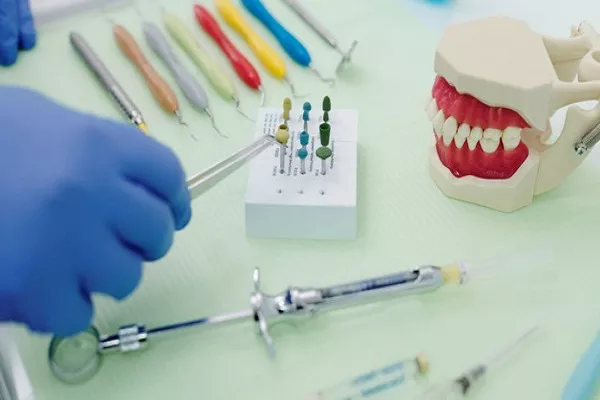If a tooth filling falls out, it can be a cause for concern. The filling serves to protect the tooth from further decay and damage, and without it, the tooth is vulnerable to further problems.
- Here’s what happens if a tooth filling falls out:
Sensitivity: The tooth may become sensitive to hot or cold temperatures, sweet or acidic foods and drinks.
Pain: The tooth may become painful, especially when biting or chewing.
Decay: Without the filling, the tooth is susceptible to further decay and damage, which can lead to more extensive dental work or even tooth loss.
Bacteria: The gap left by the missing filling provides a perfect breeding ground for bacteria. This can cause bad breath and increase the risk of infection.
- If a tooth filling falls out, it’s important to see a dentist as soon as possible. In the meantime, here are some steps you can take to manage the situation:
Rinse your mouth with warm salt water to help clean the area and reduce bacteria.
Use dental wax or temporary filling material to cover the hole until you can see a dentist.
Avoid hard, crunchy, or sticky foods that can cause further damage to the tooth.
Take over-the-counter pain medication to relieve any discomfort.
When you see a dentist, they will evaluate the tooth and determine the best course of action. Depending on the size and location of the filling, they may be able to replace it with a new filling. However, if there is extensive damage or decay, the dentist may recommend a crown or even a root canal to save the tooth.
In conclusion, if a tooth filling falls out, it’s important to see a dentist as soon as possible to prevent further damage to the tooth. In the meantime, taking steps to manage the situation can help reduce pain and sensitivity. With proper dental care and regular check-ups, you can help ensure that your teeth and fillings stay healthy and strong for years to come.






























